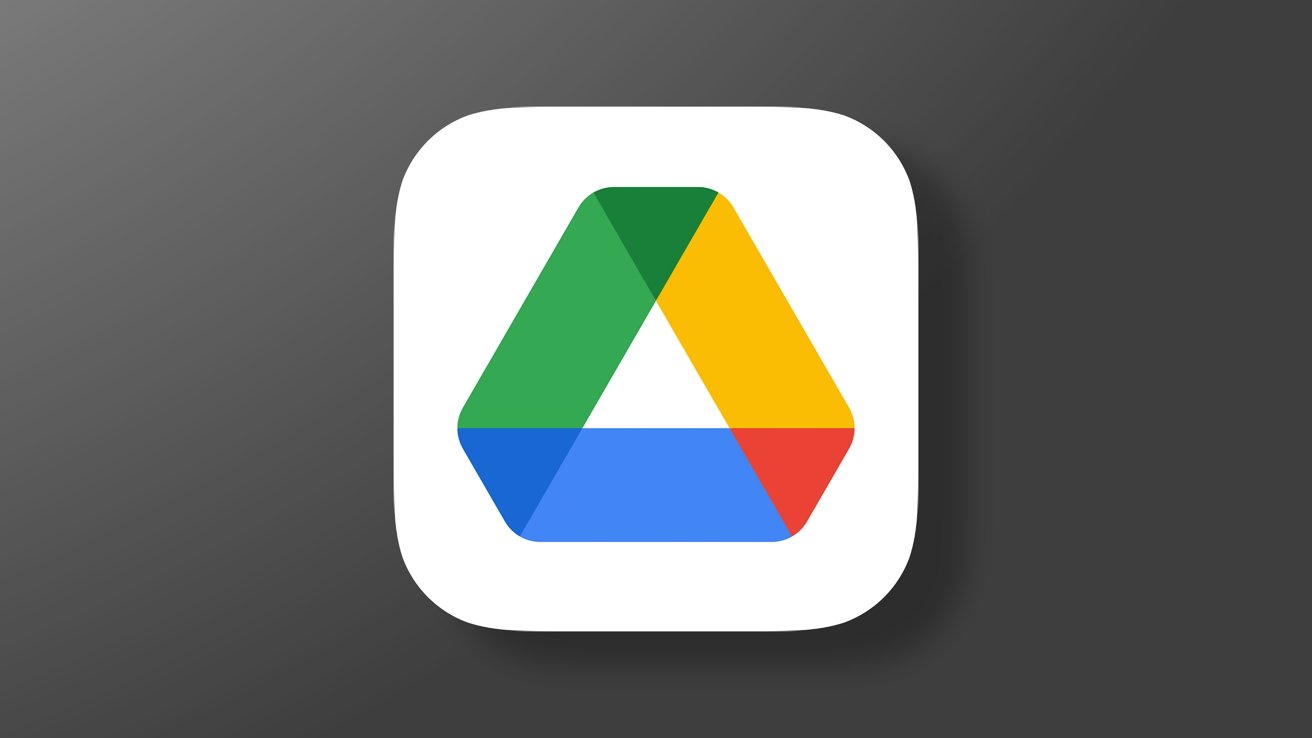Earlier in this thread I posted a photo of the EverSolo DMP-A6 streamer. It has an internal M.2 slot for an NVMe SSD up to 4TB (or maybe 8TB). I'm currently using a 2TB NVMe SSD with my entire music collection in (a) Apple Lossless and (b) DSD formats.
With the latest EverSolo software update, there is beta support for Jellyfin and Plex.
It was very easy to connect the EverSolo to Jellyfin running on TrueNAS Scale. EverSolo provides a rich interface for Jellyfin that includes cover art and various other views.
This just keeps getting better!

New firmware v1.2.30
Changelog:
1. Optimized the occasional issue with WebDAV not displaying lists.
2. Optimized the display of playback details in EMBY.
3. Optimized the display of playback details in PLEX.
4. Optimized the display of playback details in music services.
5. Optimized the problem where track information couldn't be displayed when playing tracks via the file manager.
6. Optimized system language compatibility.
7. Optimized online DSD audio playback.
8. Optimized the occasional issue with multi-channel DSD not playing.
9. Optimized the issue where the playback queue order was incorrect during random playback
10. Added TIDAL MAX support (require re-logging into Tidal account)
11. Optimized online APE track playback.
12. Optimized the problem where the playback queue wasn't saved after device restart.
13. Optimized the occasional application crash when opening artists in the Android control app.
14. Added Jellyfin cloud drive functionality.
15. Optimized the occasional incorrect display of the bitrate of the currently playing track.
16. Optimized the display of large font mode in playback details.
17. Added settings for the highest sampling rate for optical output.
18. Added settings for USB DAC sampling rate switching delay.
19. Optimized the issue where certain specific sample rate tracks couldn't be played.

